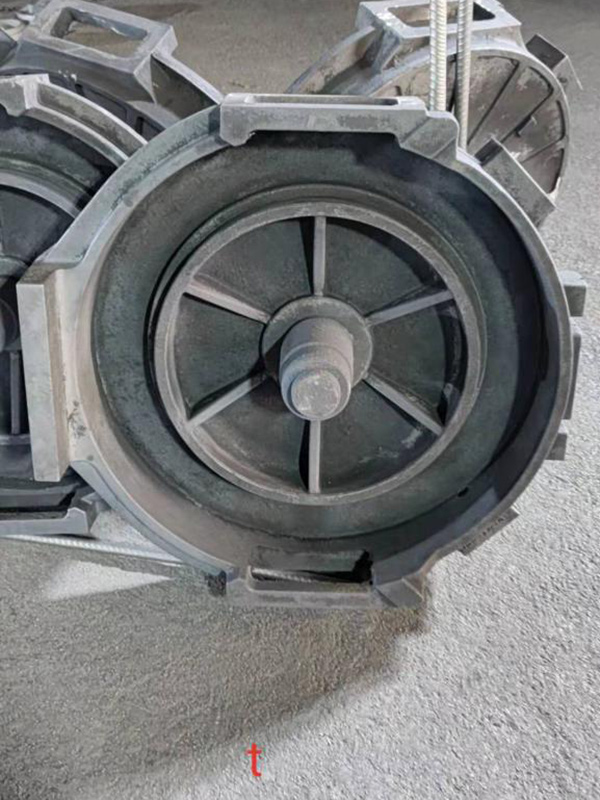How to Sand Small 3D Prints A Comprehensive Guide
3D printing has revolutionized the way we create objects, allowing for intricate designs and rapid prototyping. However, 3D-printed items often require post-processing to achieve a refined finish. Sanding is one of the most common methods used to improve the appearance of small 3D prints. This guide will walk you through the essential steps and techniques to effectively sand your prints, achieving a smooth and polished surface.
Understanding 3D Print Materials
Before diving into the sanding process, it’s important to consider the type of filament used in your 3D print. Common materials include PLA, ABS, and PETG, each possessing unique properties
- PLA (Polylactic Acid) This biodegradable material is easy to print with and great for beginners. It sands reasonably well but can melt if overheated. - ABS (Acrylonitrile Butadiene Styrene) Known for its durability, ABS requires a bit of finesse when sanding, as it can emit harmful fumes when heated. - PETG (Polyethylene Terephthalate Glycol-Modified) PETG is tougher than PLA and more resistant to impacts, but it can be challenging to sand due to its flexibility.
Tools and Materials Needed
To effectively sand your prints, gather the following materials
1. Sandpaper Use a range of grit sizes, typically starting from 80-grit and going up to 400-grit or higher. Lower grits are for initial smoothing, while higher grits are for fine finishing. 2. Sand Sponge Useful for curved surfaces and fine detailing. 3. Dust Mask To protect your lungs from dust particles. 4. Safety Goggles To keep your eyes safe from flying debris. 5. Isopropyl Alcohol For cleaning the print before sanding. 6. Soft Cloth For wiping off dust after sanding.
The Sanding Process
1. Preparation Before sanding, clean your print with isopropyl alcohol to remove any grease or residues. This ensures a better sanding experience and adheres more evenly.
how to sand small 3d prints

2. Start with Coarse Grit Begin the sanding process with an 80 to 120-grit sandpaper. Focus on areas with visible layer lines or rough textures. Use even pressure and circular motions to avoid creating uneven spots.
3. Progress to Finer Grit Once the rough spots are smoothed out, switch to a medium grit (around 220) to further refine the surface. Continue using circular motions, gradually reducing the visible layer lines.
4. Final Sanding with High Grit For the final stages, use 320 to 400-grit sandpaper. This step is critical for achieving a smooth, polished finish. Sand lightly and evenly to avoid removing too much material.
5. Check Your Progress Frequently wipe the print with a soft cloth to remove dust build-up. Inspect the print under good lighting to identify any areas that may need additional sanding.
6. Optional Polish the Surface If desired, you can further enhance the finish by applying a clear coat or polish specifically made for plastics. This step can give your print a glossy look and enhance its durability.
Tips for a Successful Sanding Experience
- Be Patient Sanding can be a time-consuming process, especially for detailed prints. Take your time to avoid rushing and potentially ruining your work. - Use the Right Technique For curved surfaces, a sanding sponge can conform to the shape better than traditional sandpaper. - Ventilation is Key Always sand in a well-ventilated area to minimize inhaling harmful dust particles. - Test on Scrap Material If you are unsure how your print material will respond, practice on a spare print or test piece to refine your technique.
Conclusion
Sanding small 3D prints is an essential skill for anyone looking to improve the quality and aesthetics of their projects. By following the steps outlined in this guide and practicing your sanding techniques, you can elevate your 3D prints from basic to beautifully finished works of art. Happy sanding!
Post time:Gru . 11, 2024 09:12
Next:Exploring Various Categories of Foundry Sand and Their Applications
